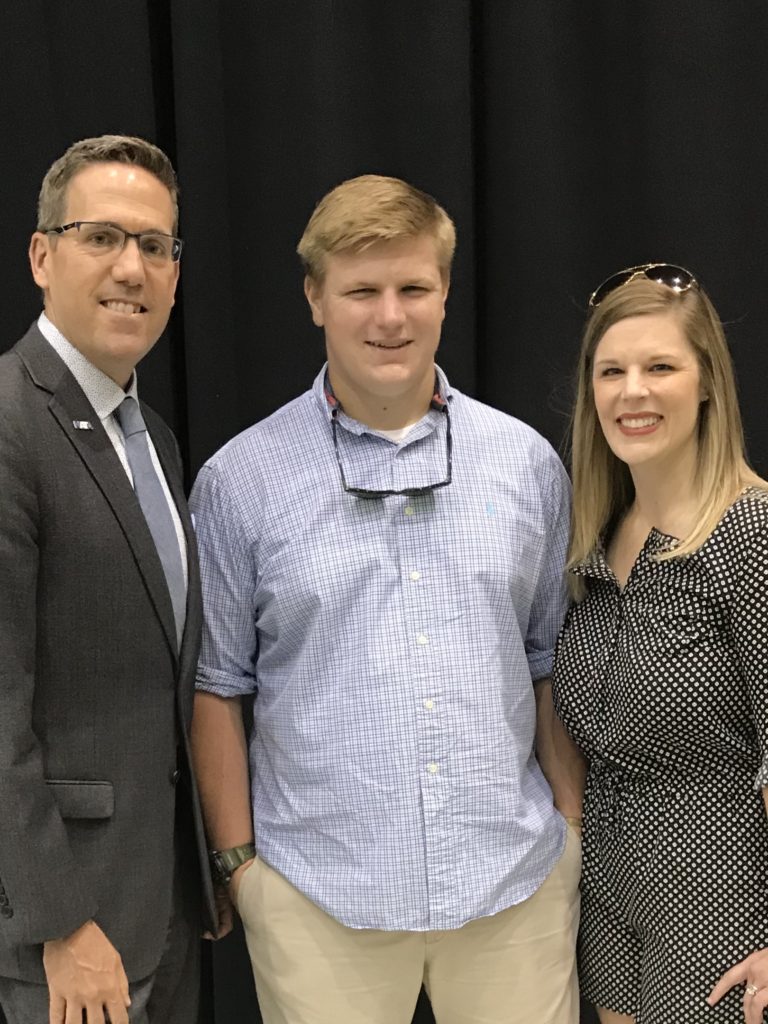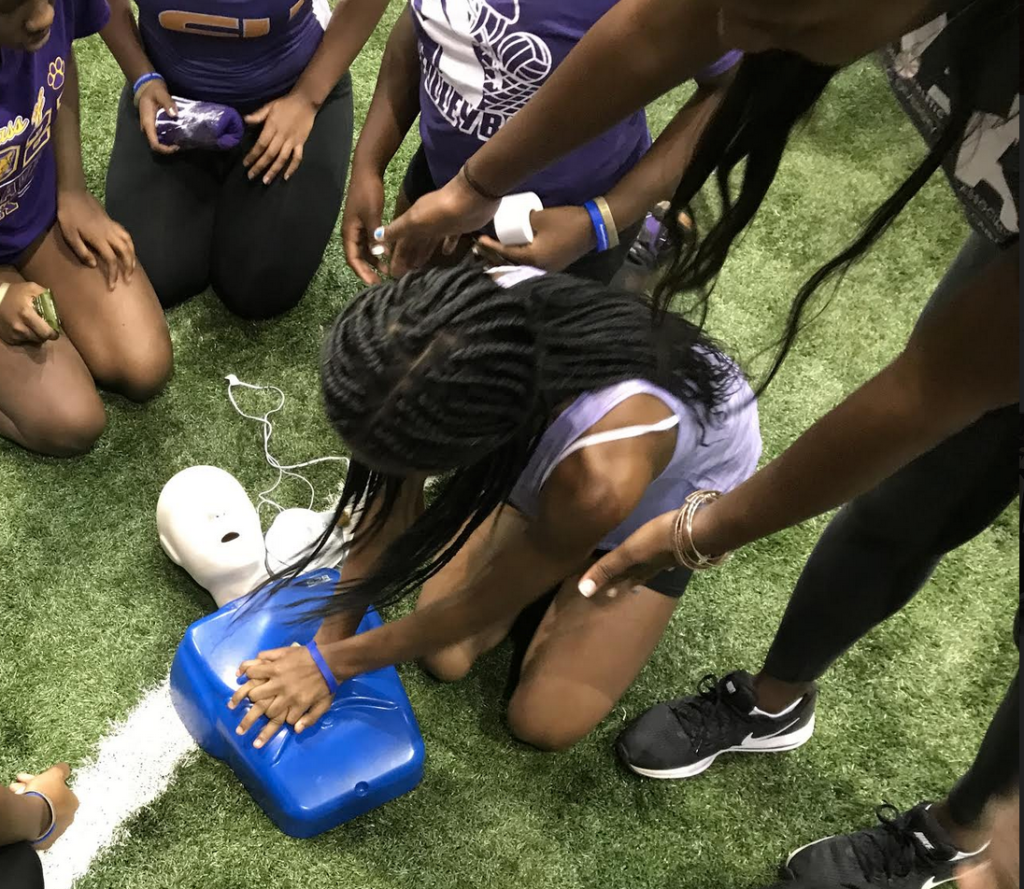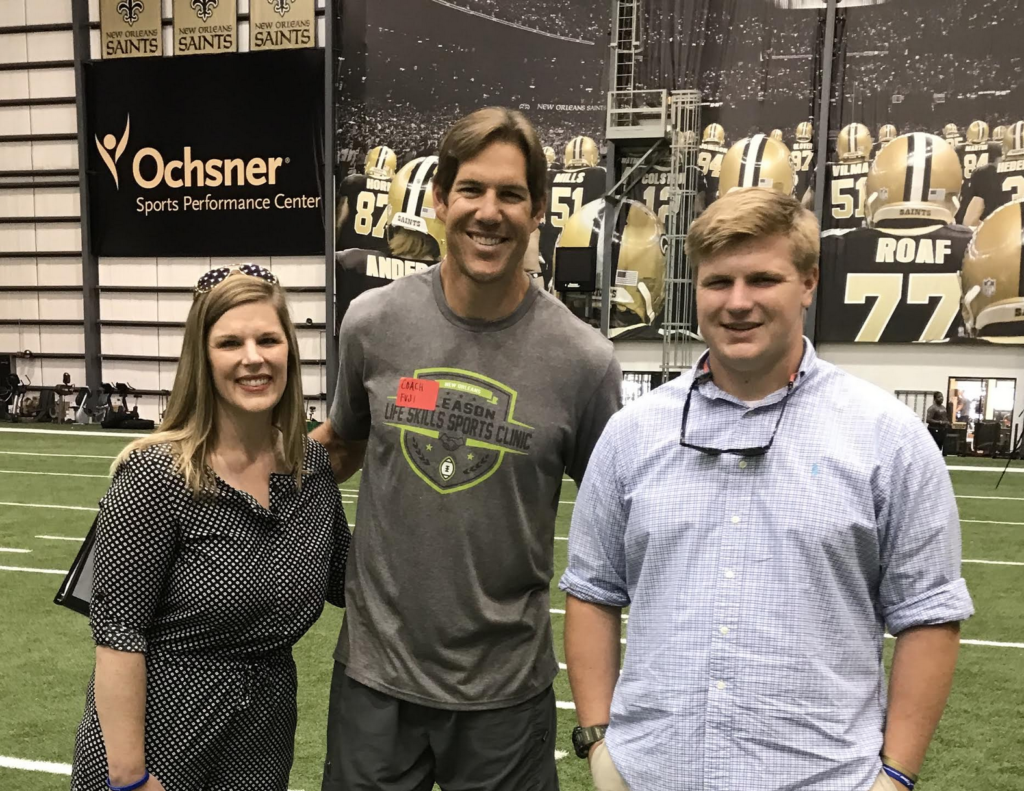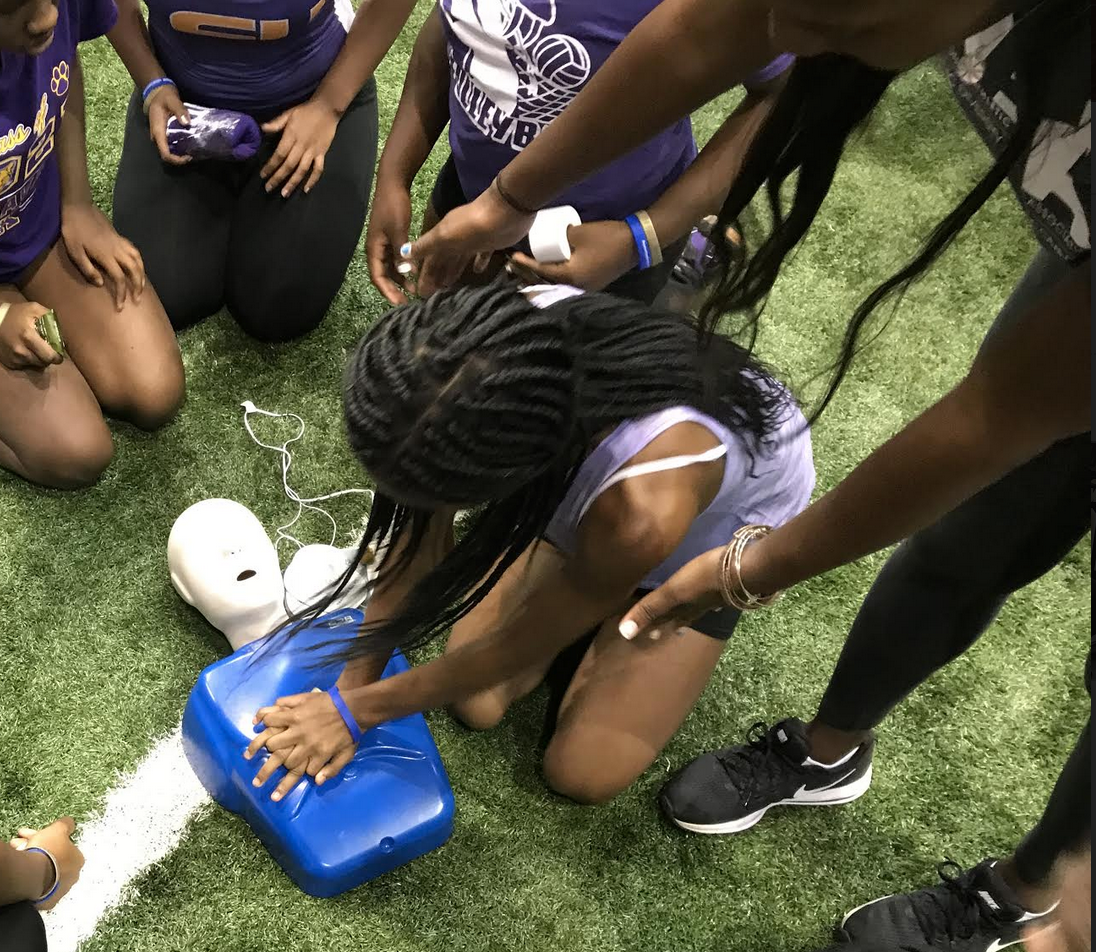This post was written by Jennifer of Experimental Mommy in partnership with the National Athletic Trainers’ Association. All opinions remain 100% mine.
In the first part of our youth sports safety series, I shared the story of my son’s scary journey with Rhabdomyolysis. As parents, our primary mission is keeping our kids safe. We remove fluffy bedding from their cribs. We cover outlets and latch cabinet doors. We carefully buckle them into car seats. We hold their hands when walking through a parking lot. But somewhere along the way, they grow up and you just maintain the process of reminding (nagging) them to be careful. But are we doing enough to keep our student athletes safe? Do the benefits to playing sports outweigh the staggering risks?
Some alarming statistics from the National Athletic Trainers’ Association (NATA) include:
-
- 2/3 of young athletes show up for practice significantly dehydrated.
- Children aged 15 to 17 experience the highest rate of ER visits for sports injuries.
- 90% of athletes say they have been injured playing a sport.
- The secondary school athletic population leads the nation in athletic-related deaths.
We are so blessed that my son’s school has an athletic trainer and a team physician, but we recently learned at the NATA’s Prepare to Play Sports Safety and Wellness Camp in New Orleans that an underwhelming 37% of high schools employ full time athletic trainers. For this reason (and so many more), parent education is critical. We never asked our son if he was drinking enough or let his coaches know if he felt he needed a break to drink or catch his breath, we just assumed he was listening to his body. The silver lining of our son’s situation is that moving forward, we have advice from excellent doctors who advised him on exactly how many ounces of water and electrolyte-based sports drink he needed to consume daily, prior to his practice or game, and then during the practice and game. While many have joked that we should buy stock in his preference of Gatorade, or that he’d float away from all he must drink, it is evident to us that every ounce is needed. Obviously, it’s working, as almost one year later he has managed to progress without an issue.
Because of our son’s history with a heat-related illness, we had a vested interest when we were asked to attend NATA’s Prepare to Play Sports Safety and Wellness Camp. NATA has organized a public awareness initiative called At Your Own Risk which is designed to show the role of athletic trainers as a critical part of any sports team. Athletic trainers (ATs) are health care professionals who work under the direction of doctors to provide prevention, emergency care, therapeutic intervention, and rehab of injuries to student athletes. By employing an AT, sports teams can offer a safer environment for student athletes.
Recently, At Your Own Risk launched a testimonial campaign featuring stories from professional athletes, coaches and sports medicine specialists on different health and safety topics in sport. The first topic discussed as part of Share Your Story is “The Role of Parents” which features stories, facts and tips related to the parents role in sports safety. Recent research from NATA found that while 9 in 10 parents think sports are important for their child’s well being, most are not taking the proper steps to reduce sports related risks for their athlete. The initiative also aims to educate parents on the risks associated with their child participating in school sports, and how to approach their schools and coaches to make sure the proper safety measures are in place.


-
- A high-protein recovery meal should be eaten as soon as possible following a game or practice waiting no longer than 30 minutes.
- Rehydrating is key. Most athletes should consume 200-300 milliliters of fluid every 15 minutes of exercise and continue to hydrate following the game or practice.

After my son’s experience and the education we received attending the event, we are more convinced than ever of the importance of the athletic trainer’s role on every sports team. We are happy to report that this field is rapidly growing! In fact, the Bureau of Labor Statistics projects the AT profession will grow by more than 20% over the next ten years.
Does your child’s sports team include an athletic trainer? Tell us about your experience in the comments below!


Great article. We agree! We’d love to share more about our youth sports safety initiative: http://www.kfbb.com/story/38090365/parents-hopeful-new-app-could-protect-student-athletes
It is very rare to find ATs in youth sports leagues, clubs, and tournaments. And even more rare at practices. That leaves our most susceptible kids unprotected. And that is our “why.”
Thank you.